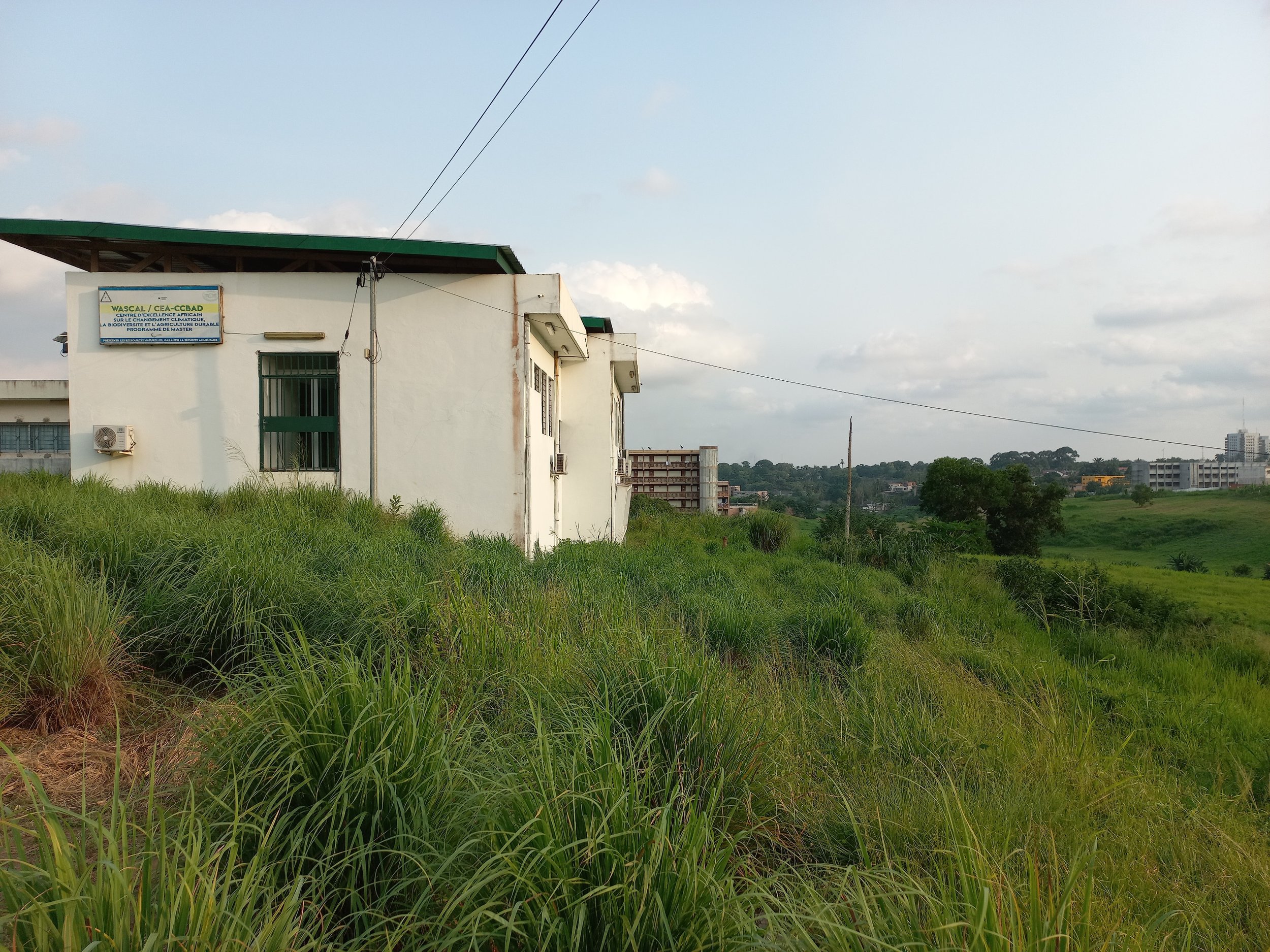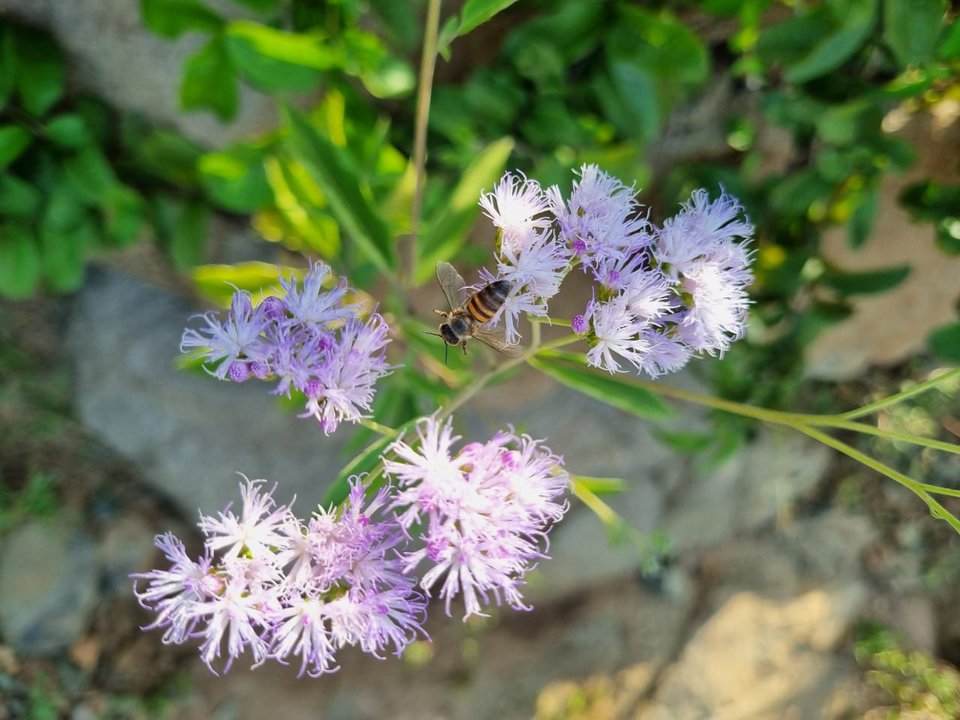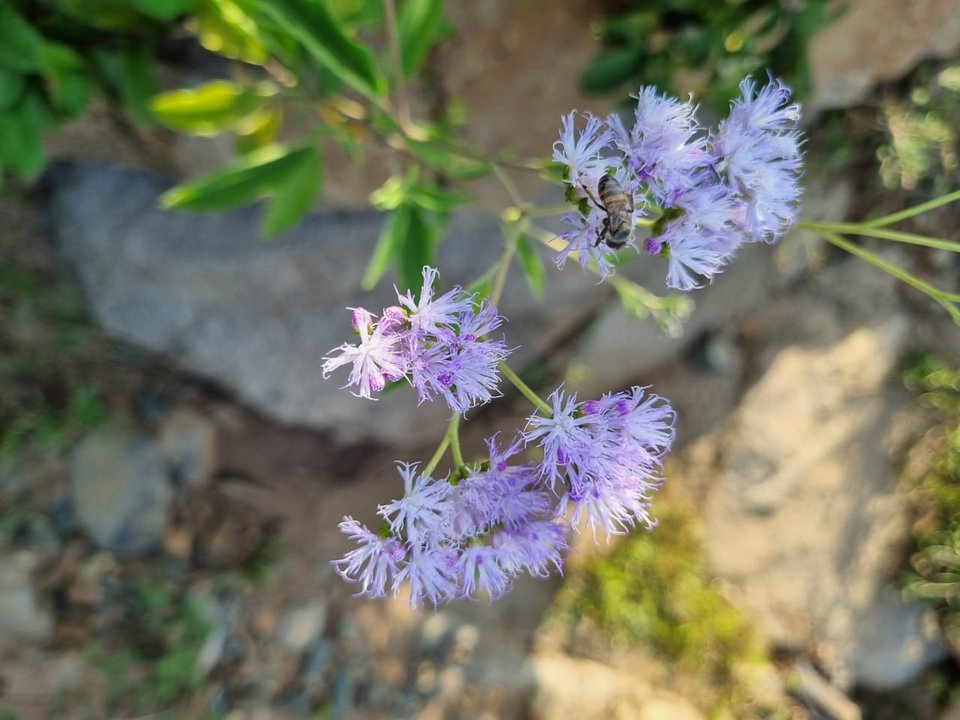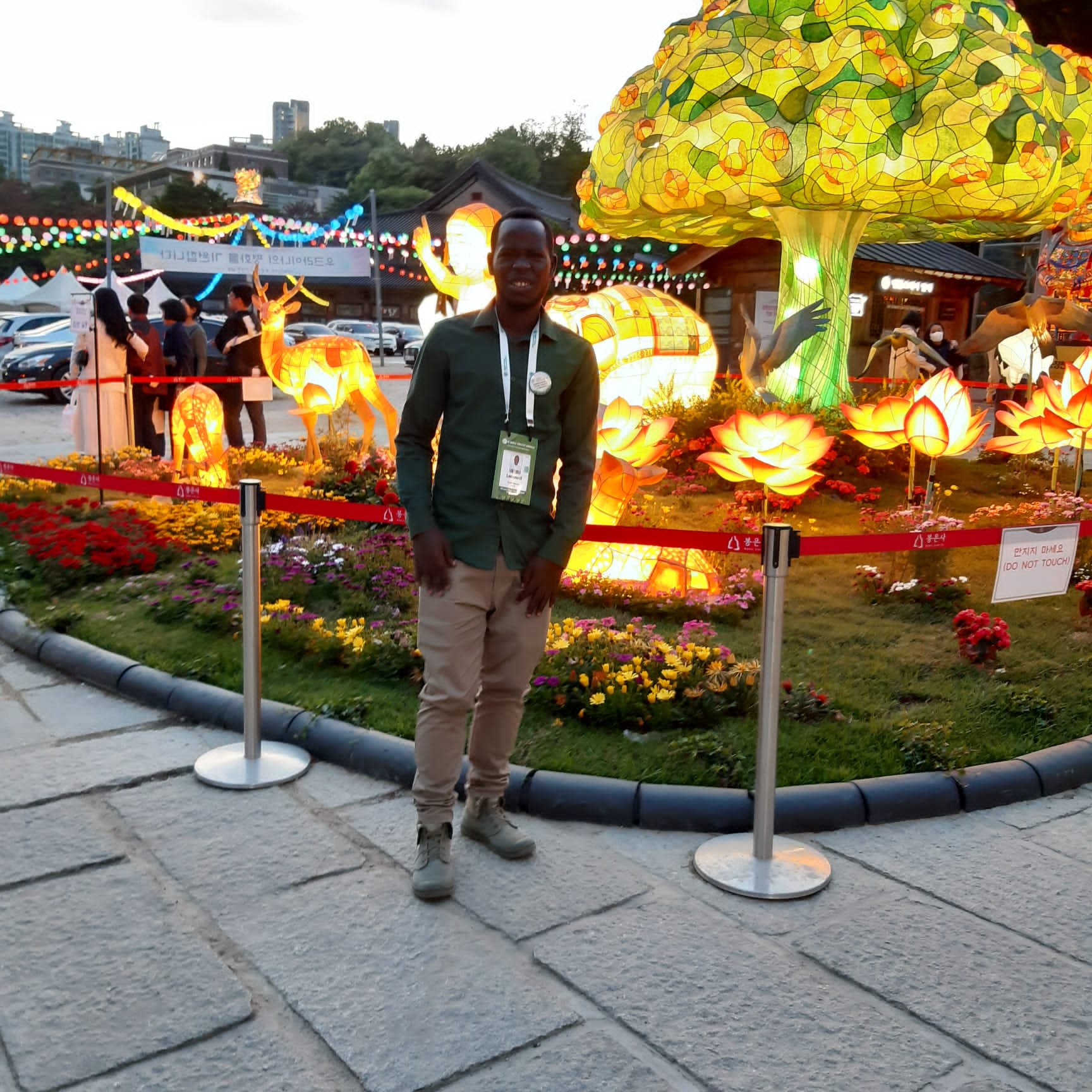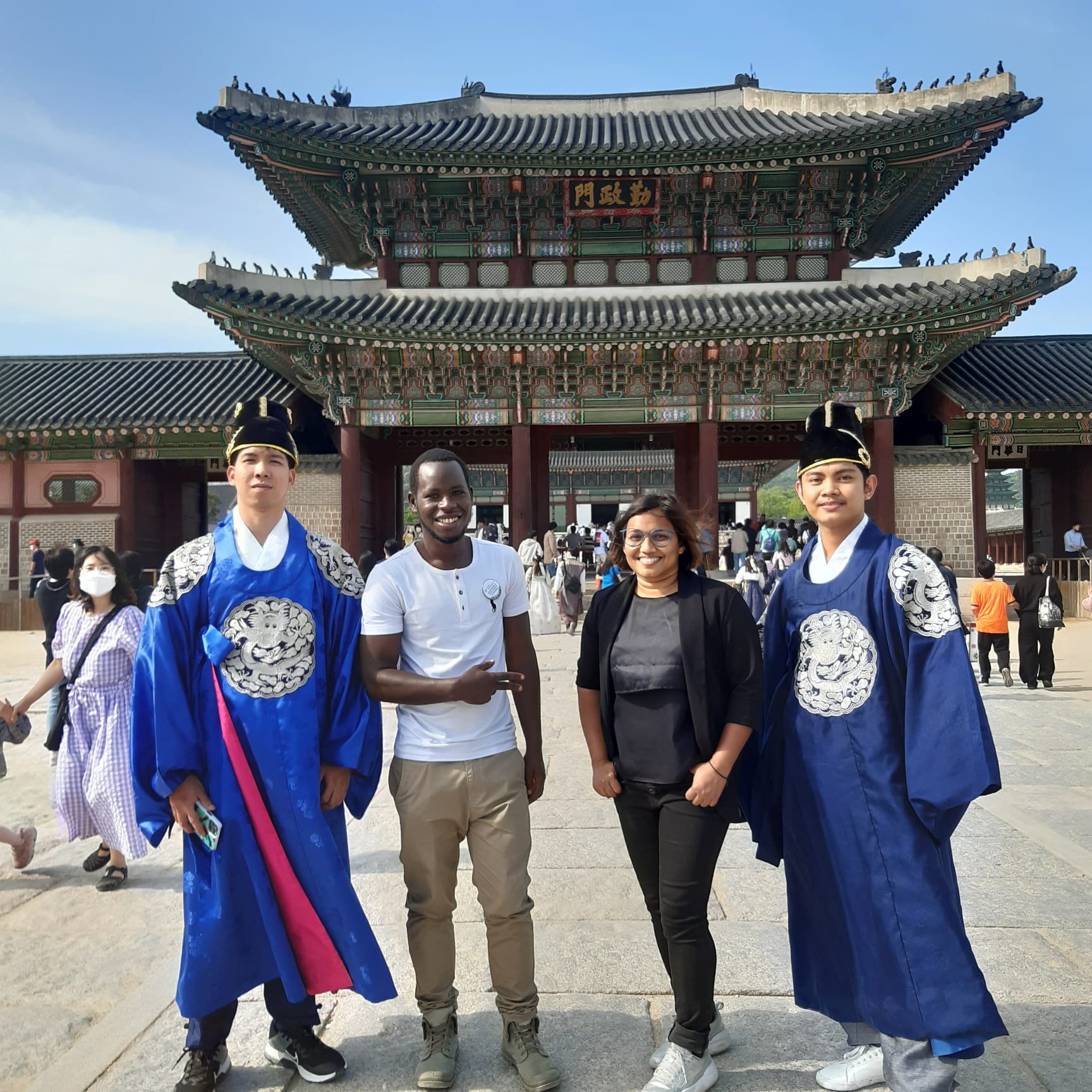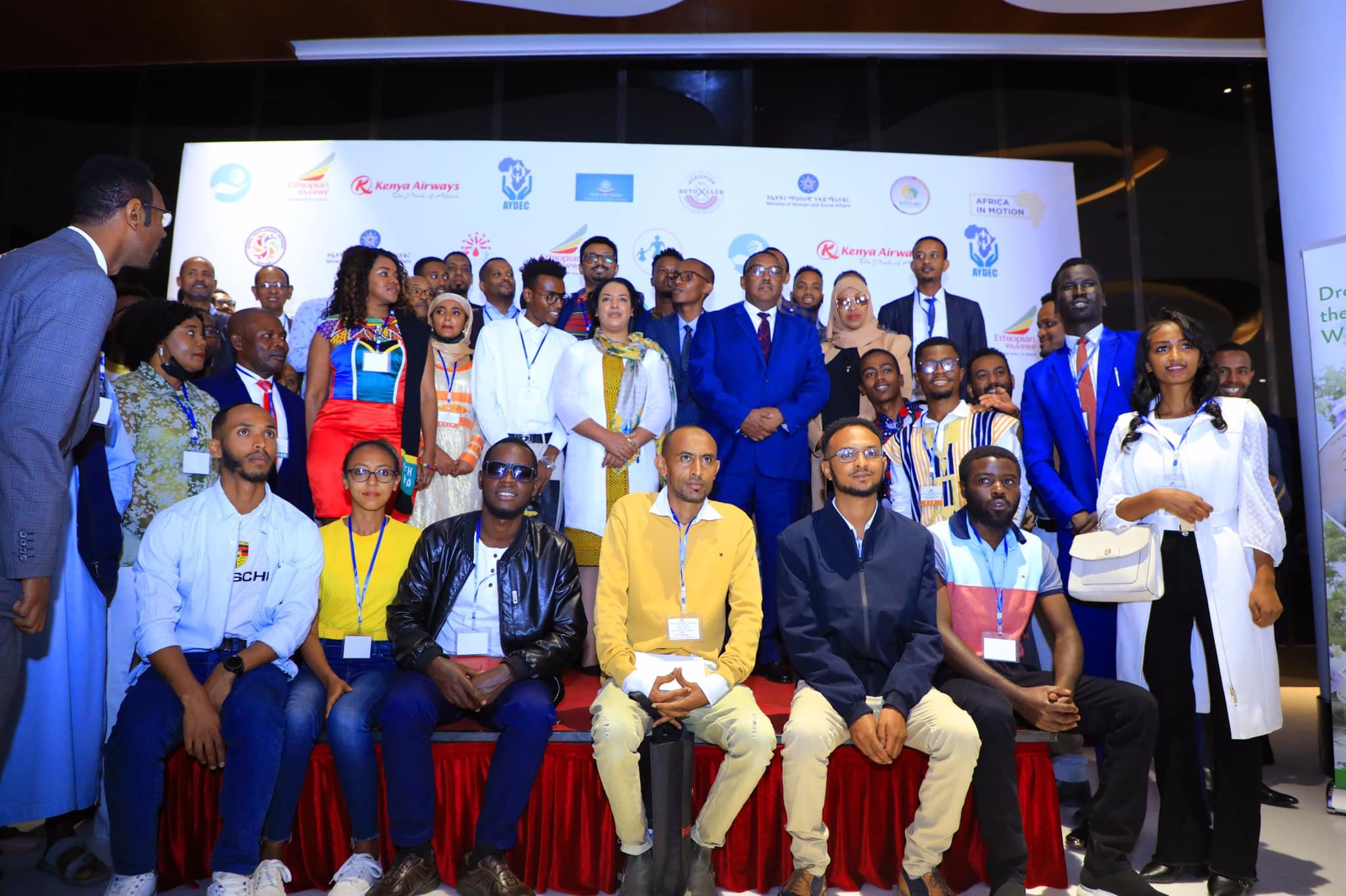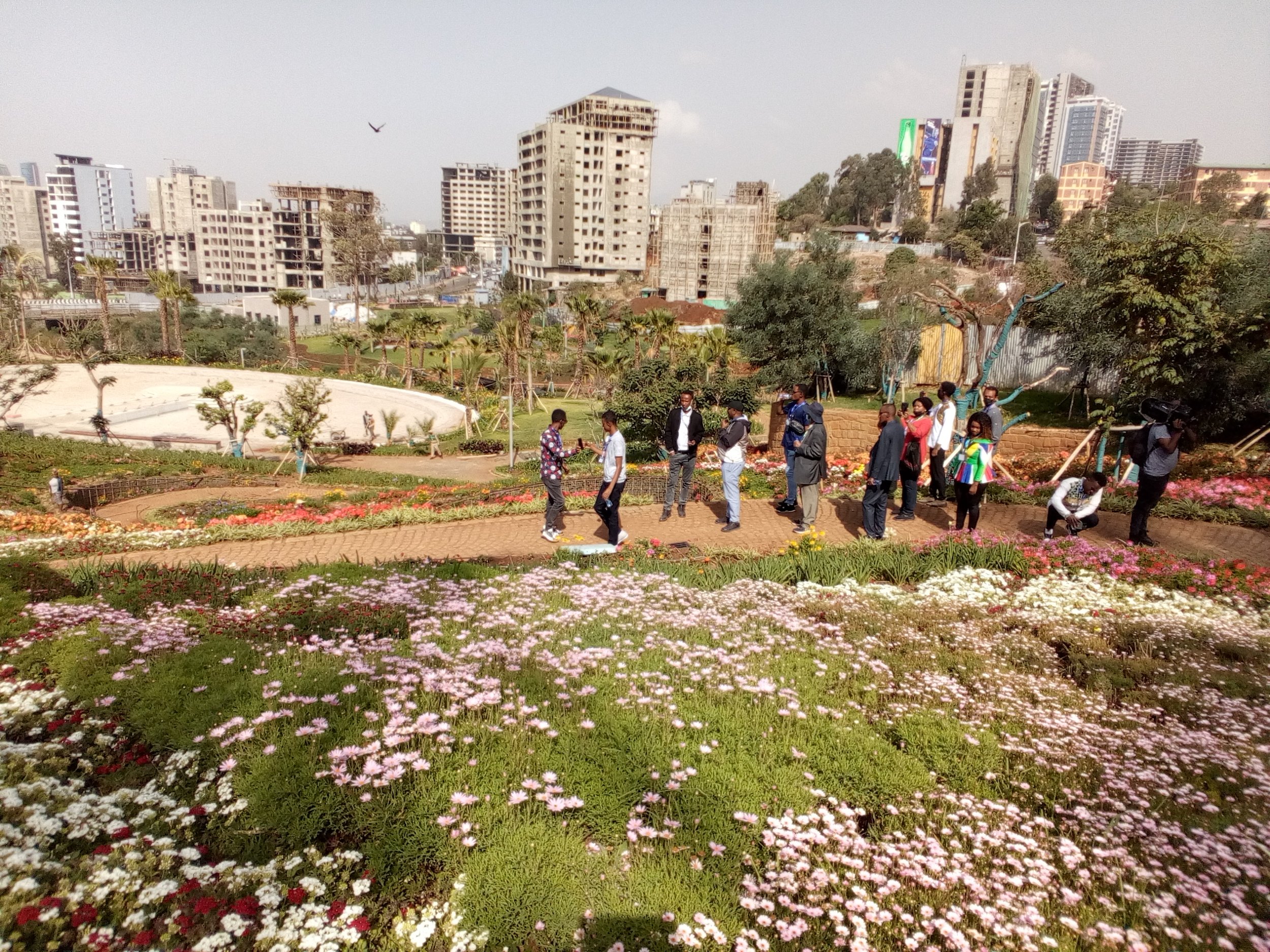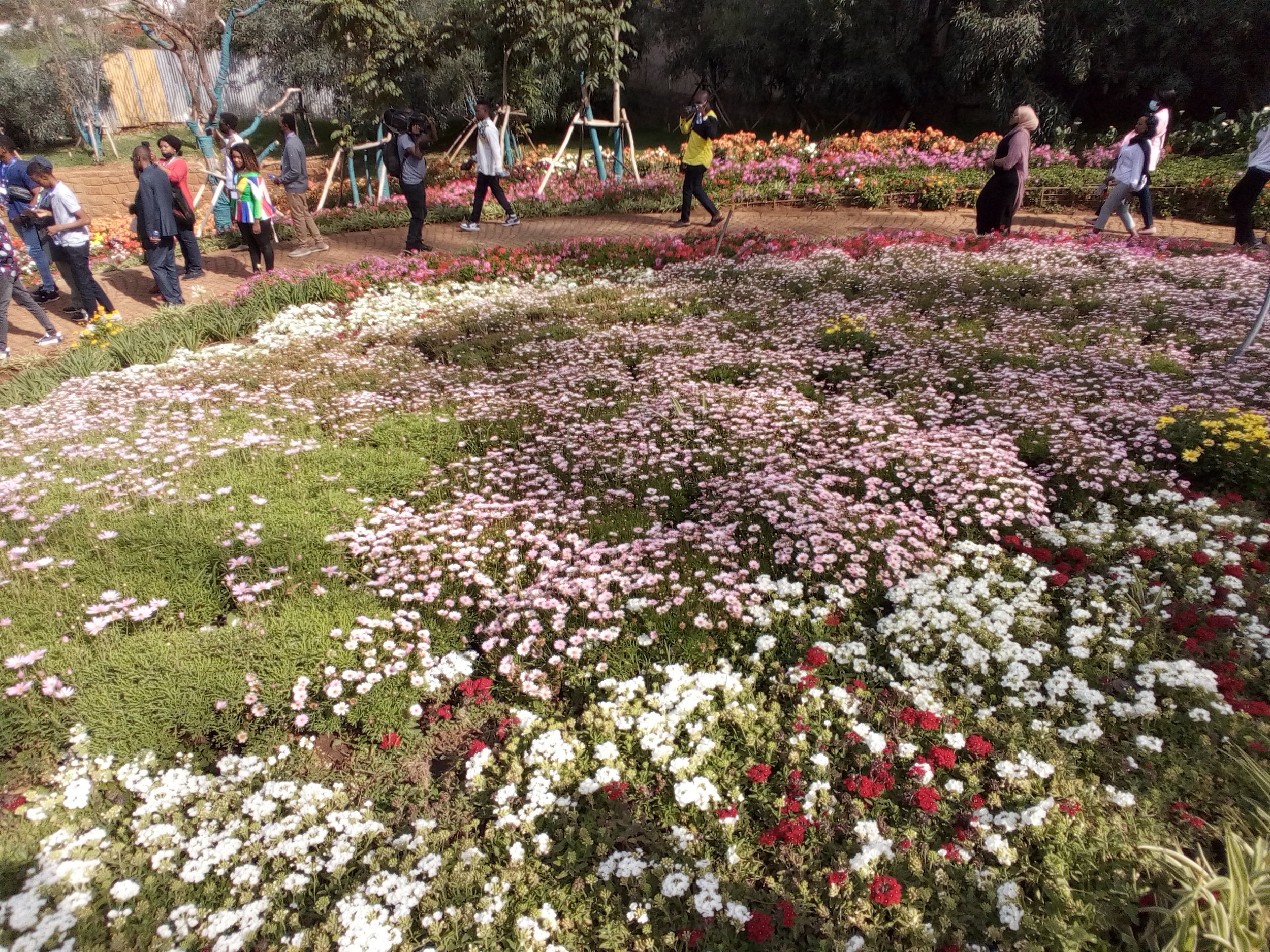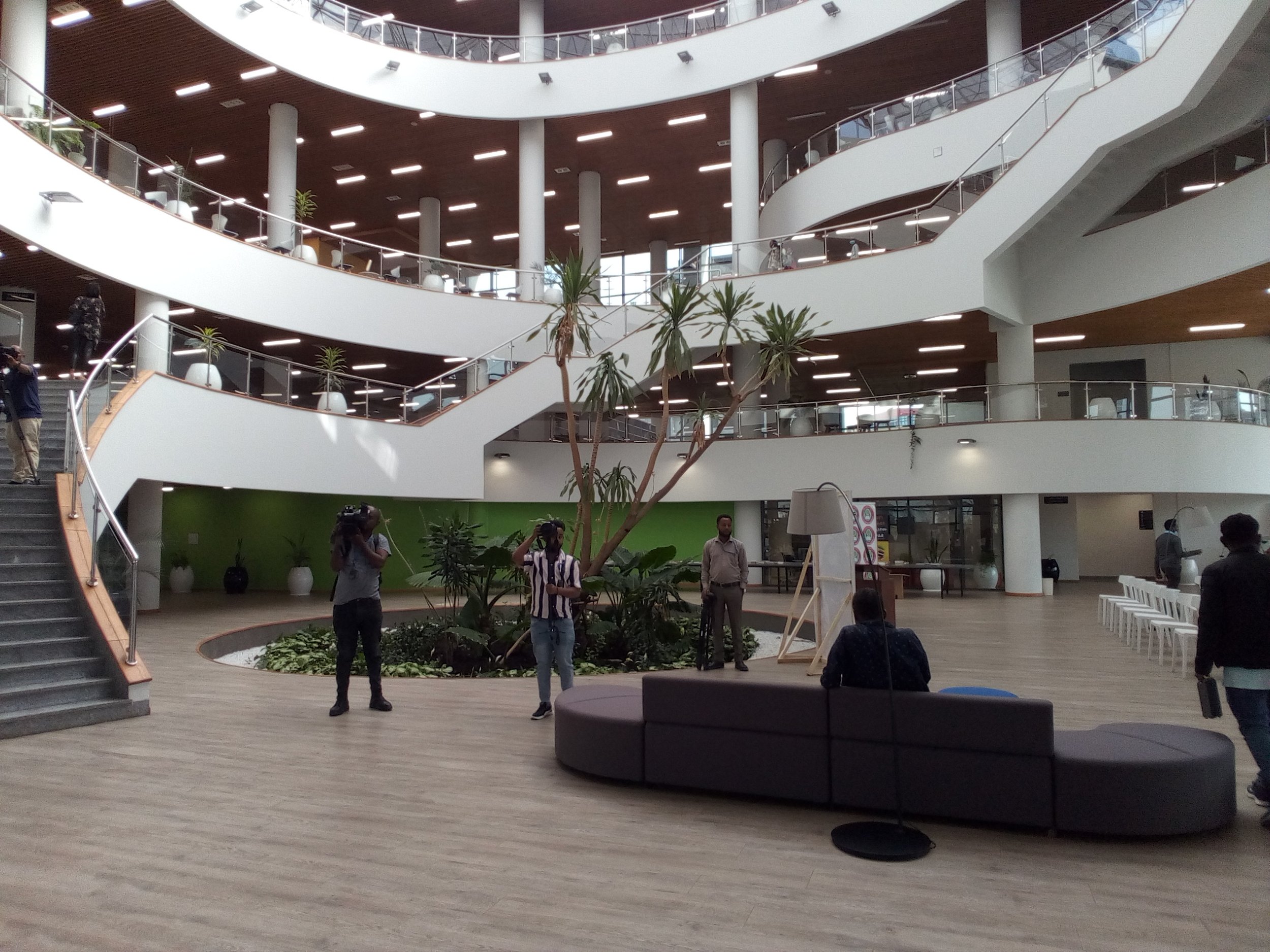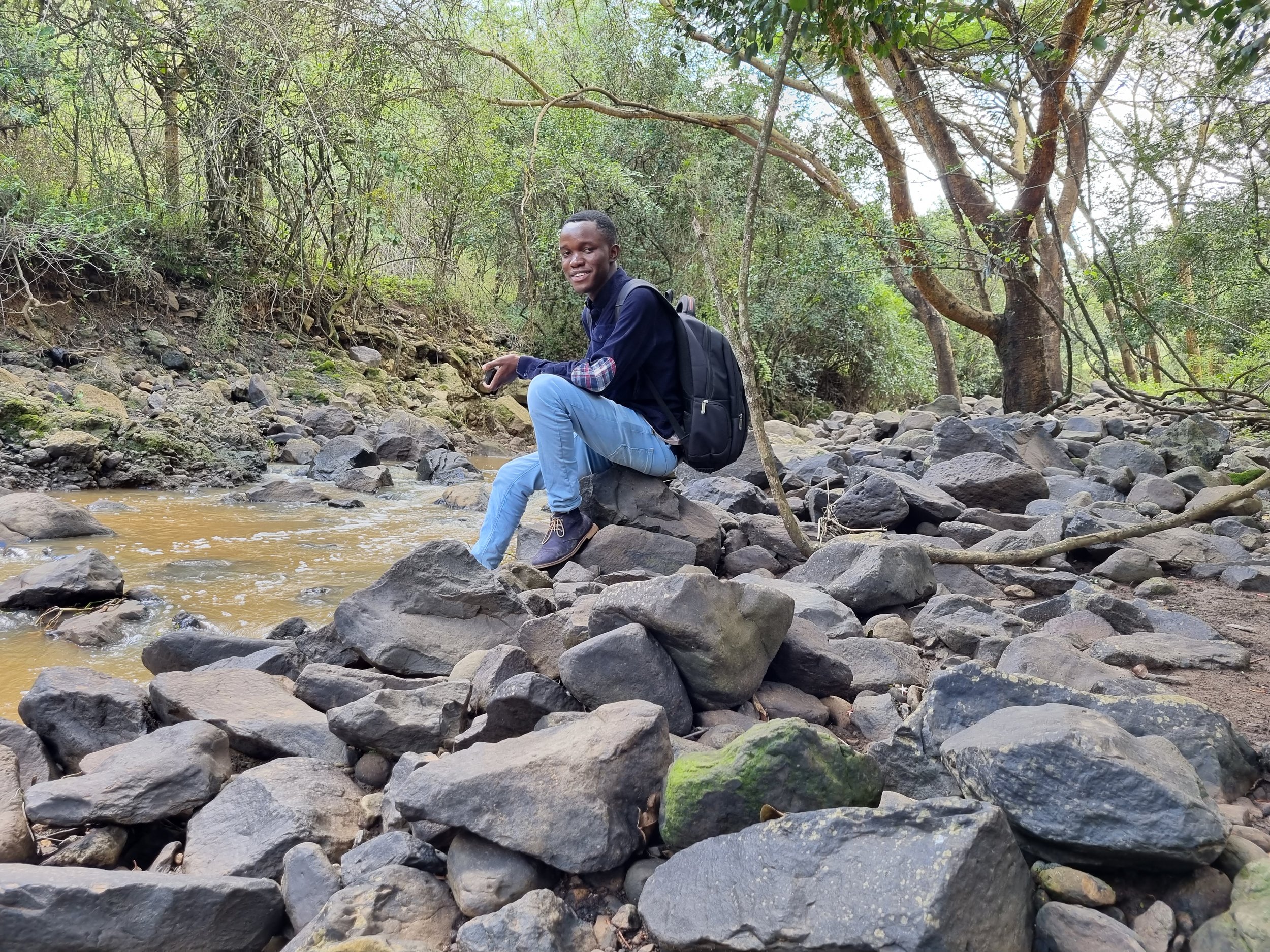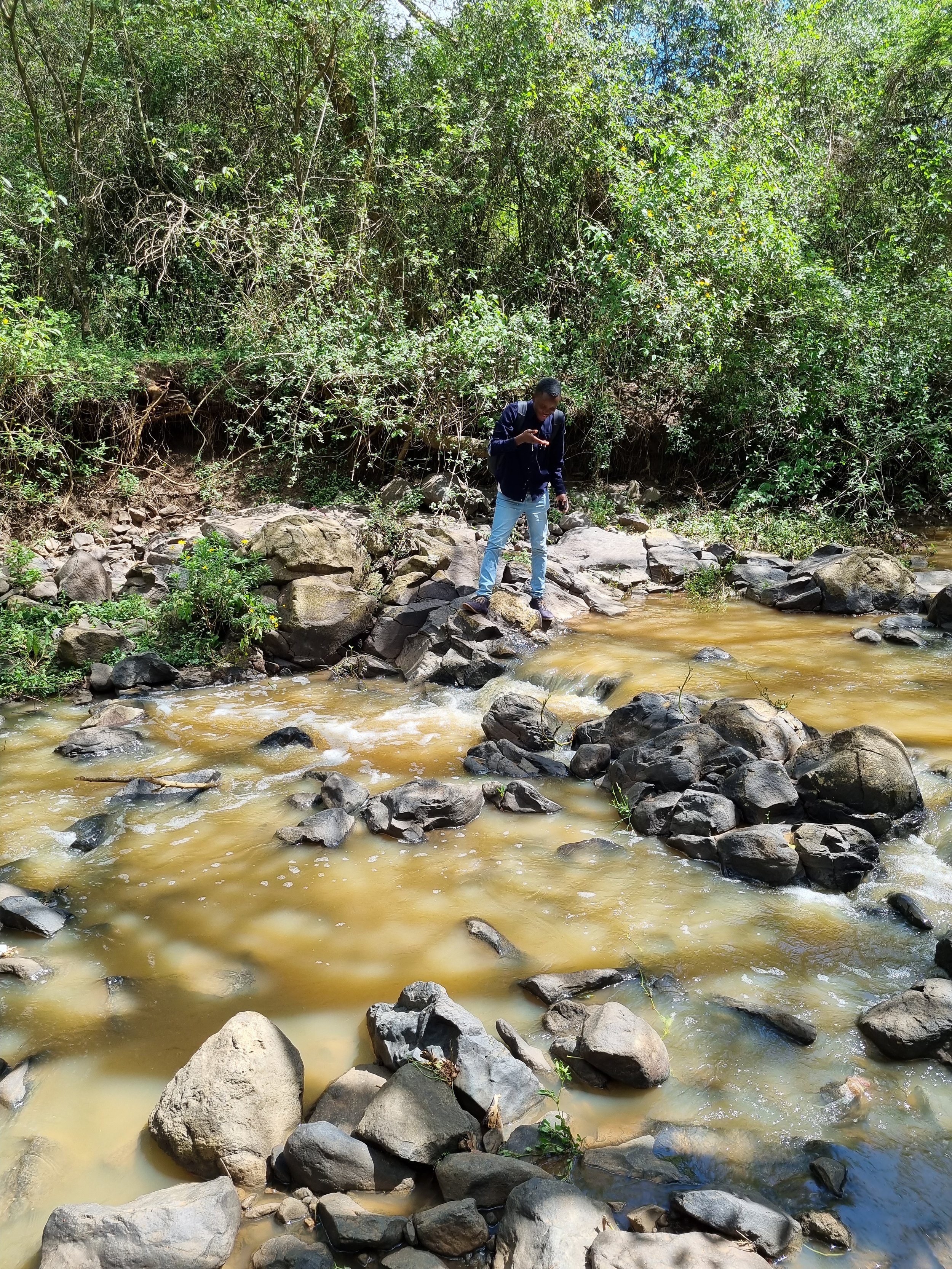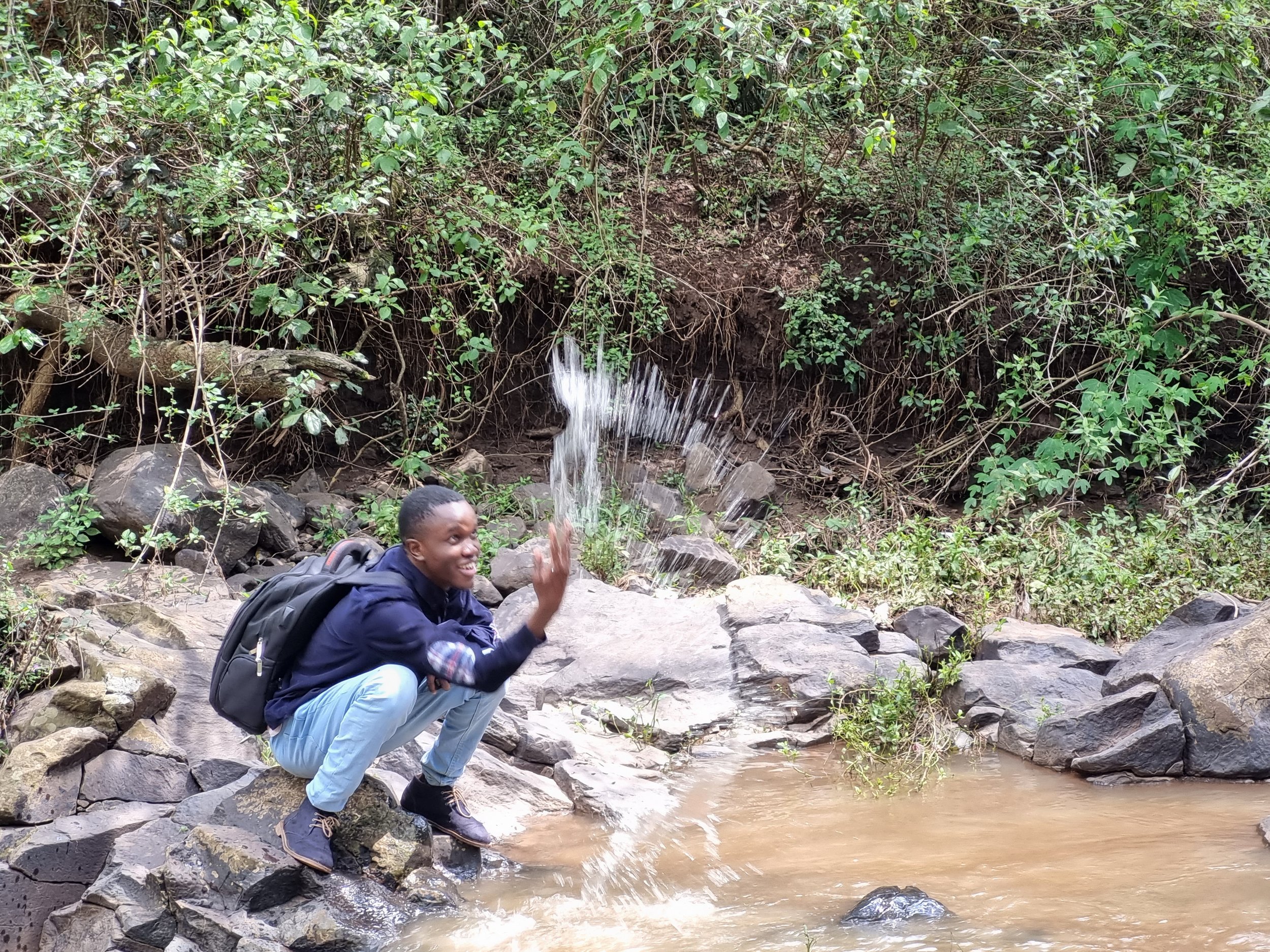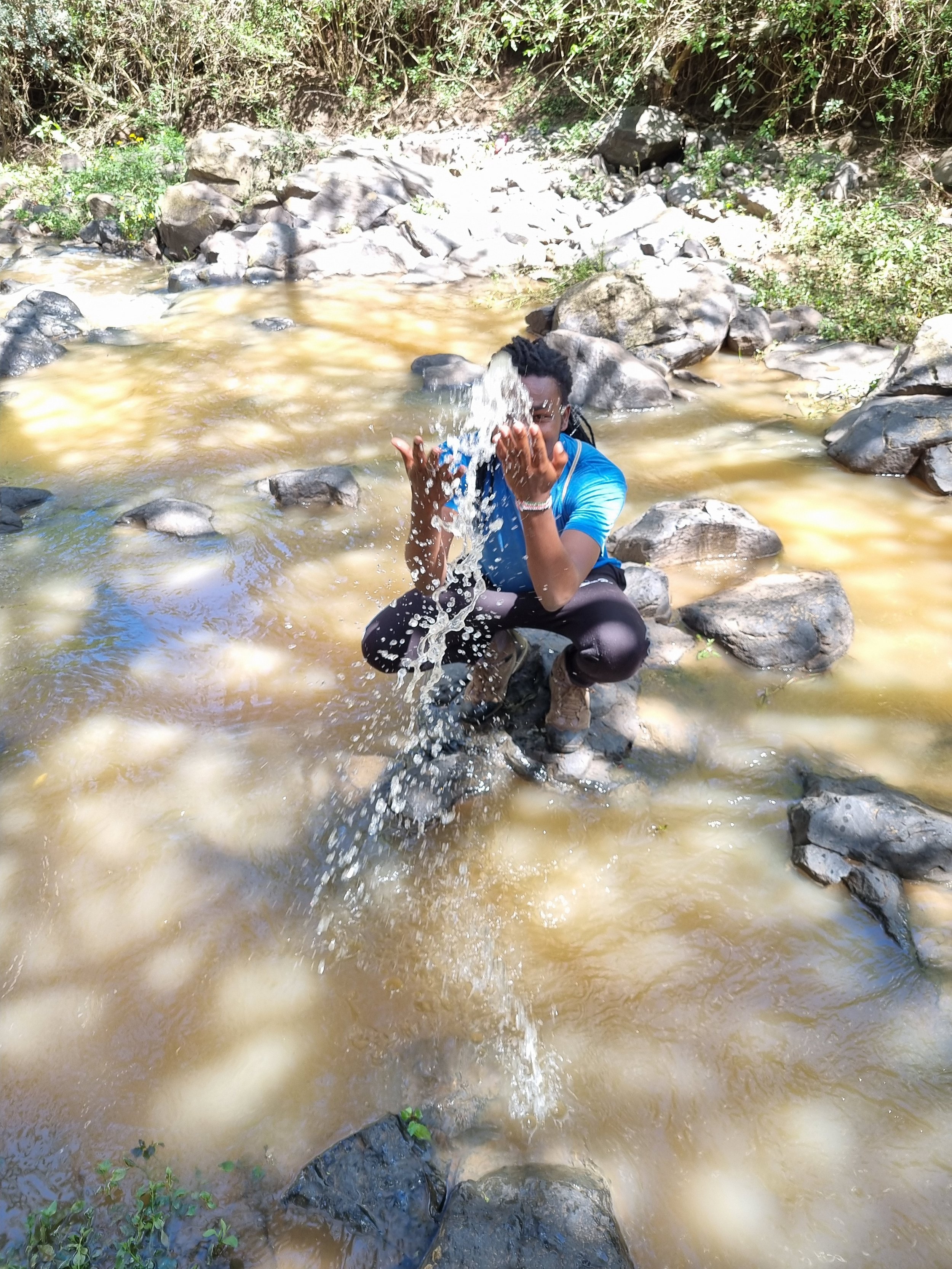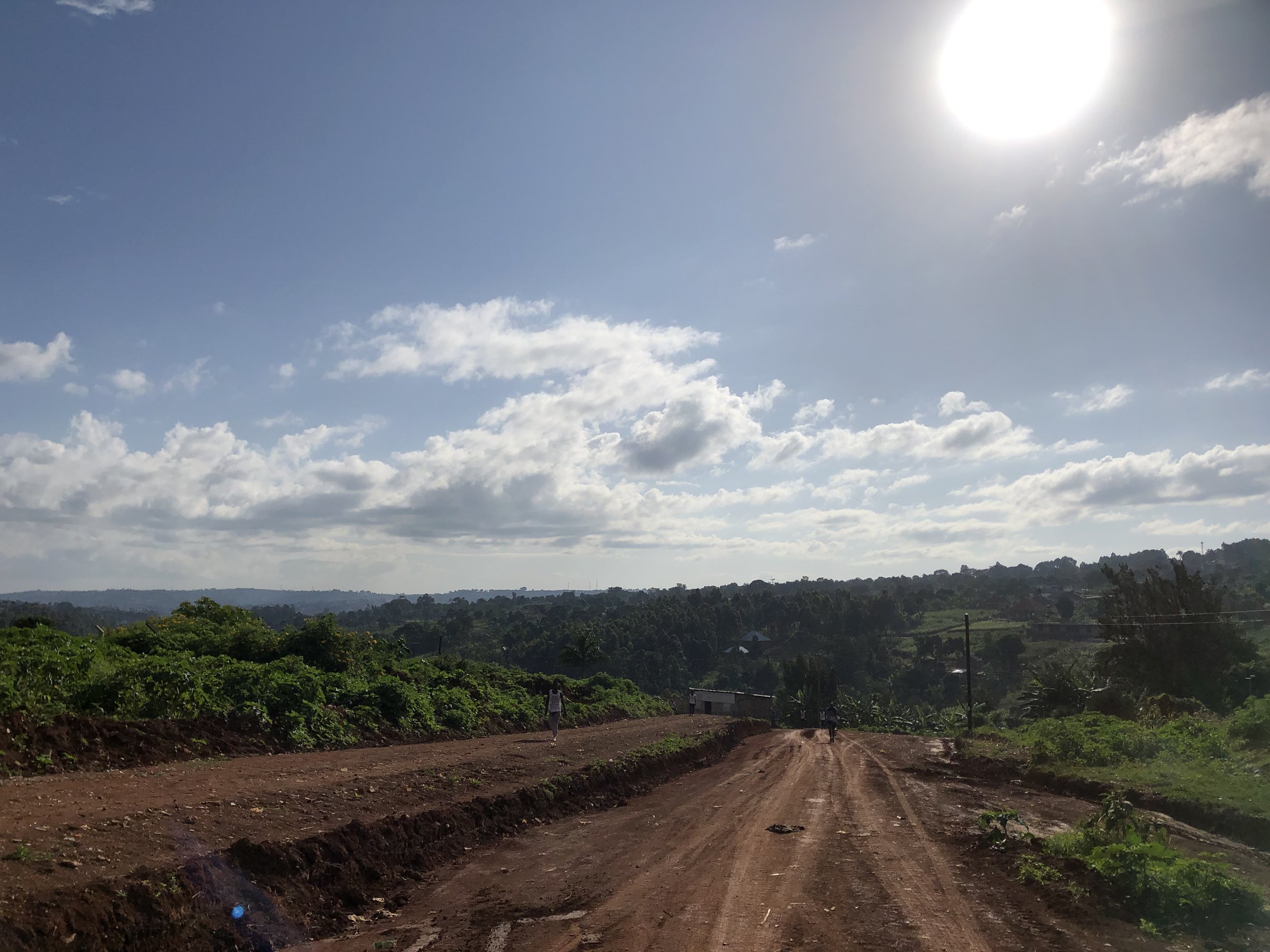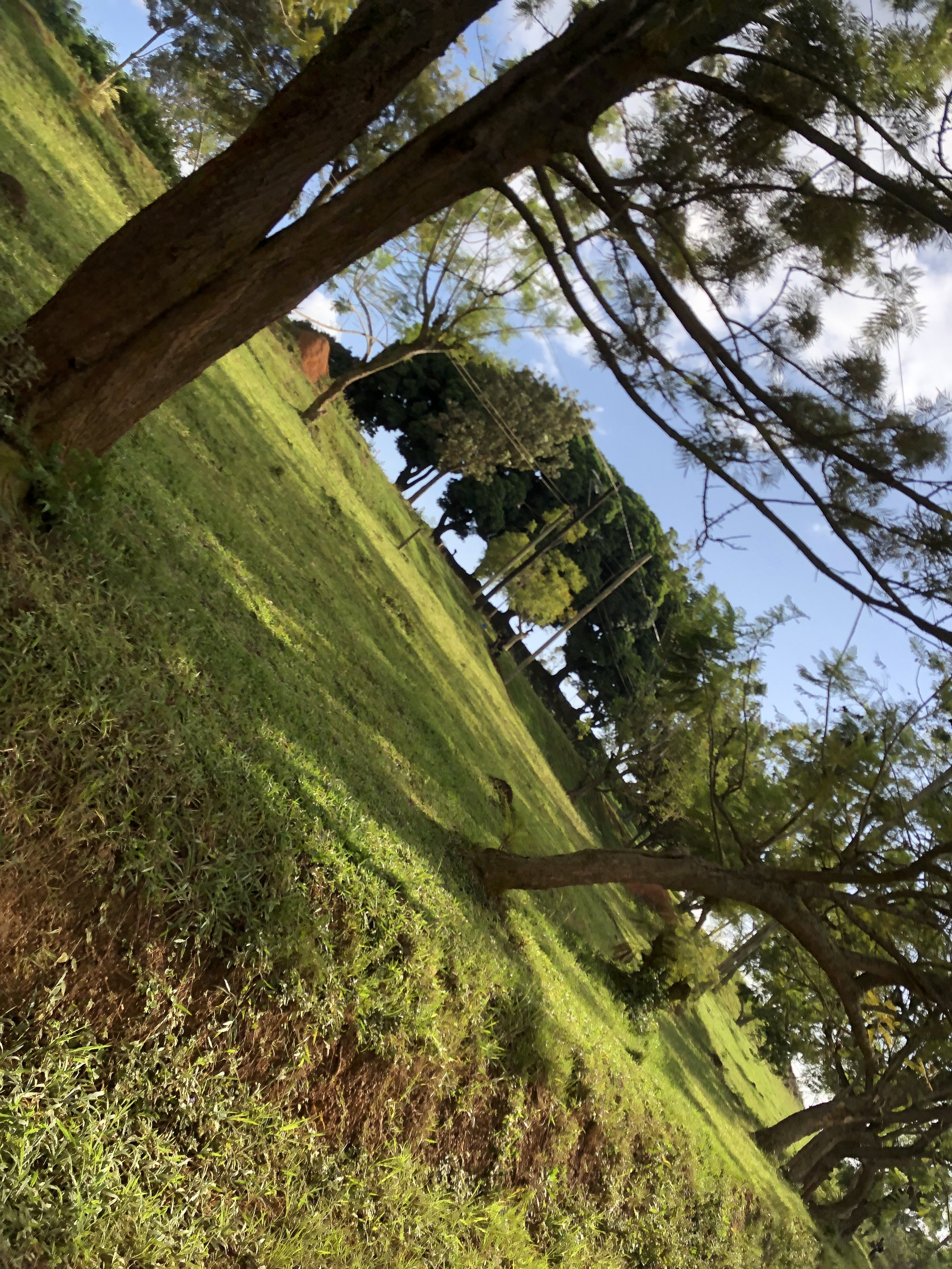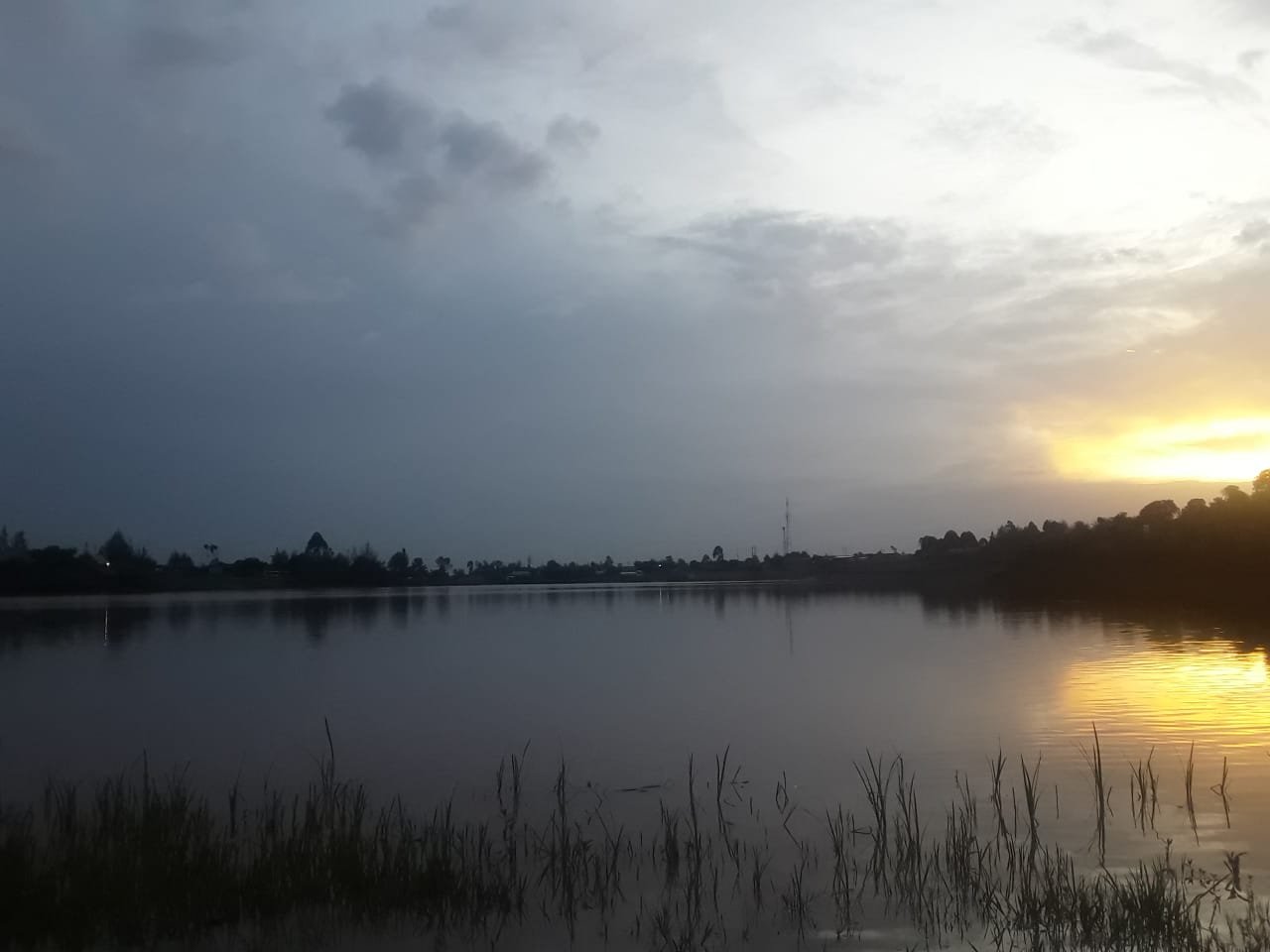#PhotoChallenge: June 2022
JUNE: A month for Nature!
Six months it has been since 2022 began. Every month, it has been about learning, appreciating and sharing the different landscapes that make the Afrika we call home. We are here to learn from our ambassadors, and speak less while at it! Take a read from some of our Afrikan Global Ambassadors!
Fatma Adel, Egypt
Fatma shares with us beautiful sunset views from the beautiful Nile, a view from Cairo. River Nile - a cascading wonder of the world running through and feeding the desert. Just how powerful nature is. Life and Afrika
NouHou Zoungrana, Burkina Faso
“We are on the site of the University of Cocody in Abidjan in Côte d'Ivoire precisely at the Faculty of Biosciences, the landscape here is mountainous with beautiful greenery as far as the eye can see.”
Peter Bulimo, Kenya
Bees and the Role of Pollinators in Supporting Ecosystem Functions
For maintaining aesthetic habitats, and enhancing food and crop production to sustain a healthy environment, the role of pollinators in supporting ecosystem functions cannot be overlooked. Currently, about 75% of all flowering plants require the help of pollinators to transfer pollen grains from anthers to stigmas of different plants for fertilisation. Currently, about 200,000 species of insect pollinators have been identified that help in this critical process. They include beetles, moths, butterflies, flies and bees to mention but a few. However, of the aforementioned keystone species, none plays a role more critical than the bee. While the rest of the pollinators only visit flowers enough to feed themselves, the bee plays a more specialised role since it depends on the pollen to develop its nest. This way, it carries more pollen, from a more diversified variety of plants, effectively supporting more pollination. Some bees have even been specialised to pollinate particular plants, without which those plants will be less well-pollinated. Bees have also been made of varying size and agility useful in penetrating flowers of different kinds and sizes, making them comparatively more effective pollinators.
Yet, despite their critical ecosystem function, bees like many other pollinators, are in constant threat of decline and extinction. According to an issue by friends of the earth, the loss of pollinators can result in a reduced availability of wild plants and crops which provide essential micronutrients for the human diet, impacting the human health and nutritional security while also increasing the number of individuals suffering from Iron, folate and vitamin A deficiency.
But all is not lost yet. Below are a few tips you can consider to help save the pollinator:
1. Raise awareness- educate friends, neighbours, community etc. on the significance of pollinators. You may host a pollinated food cook-off or other kinds of events to talk about pollinators
2. Reduce your impact- increase green spaces in your locality, eliminate the use of pesticides and reduce pollution. Any small act can go a long way
3. Plant for pollinators- strive to create pollinator-friendly habitats with native flowering plants that supply pollinators with homes, pollen and nectar etc.
4. Join a pollinator partnership or community e.g. www.pollinator.org and “Get Involved” in safeguarding pollinators
Leonard Iyamuremye, Rwanda
From 2-6 May I attended the World Forest Congress which took place in South Korea at the COEX venue. This was my first ever experience representing Y4N in international events. Korea was in the spring season and the climate was friendly to me.
This country is the cleanest country I have ever visited but second to my home Rwanda, you will see trees around the city and 2/3 of the country tends to be forest covers. This makes the country a clean environment and the air to breathe is cleanest.
The congress was amazing with diverse groups attending and the topics were interesting. I can’t forget the Y4N side event where youth gathered to share ideas and experiences with Forester experts, we got opportunities to share our ever and ever Face of forestry video made by youth around the world.
‘I see forests, trees, Wildlife, that’s all I see’. Said Esteban Bariga. Almost all species/organisms depend on forests. Researchers highlighted that human food comprises 40% animal-based and 60% plant-based, from that we can see how important forestry is.
Quotes from some delegates at the congress:
‘Again Youth in dry land and Asia and Pacific areas are motivated to restore these lands but require empowerment and an economic drivers’ Khalil Walji’.
‘And taking different roles of the forestry spectrum is crucial for inclusive forestry conservation’ Ronnakorn Triraganon.
‘’I see hope for the future- but the hope does require action’ and this could be me; you and everyone, not one individual. Hence we need accessibility as well as transform the model to learn and build others. “Esteban Bariga “
Moreover, I visited different places far from Seoul among Palaces around Gagman, sonjong-to,… and I had fun learning about new cultures, trying new food and so on.
Secondly from 23-28th May, I was in Ethiopia attending the Pan-African Youth summit, held in Addis Ababa. What experience of visiting this non-colonized country in Africa, you will find a massive Airport once you arrive in Ethiopia and so many planes. Do not be shocked to hear that it is an African country because Africa is home to uncounted scientists and a lot of resources.
The summit was attended by African youth and I was thrilled to connect with my brothers and sisters from around the continent. We learnt a lot and I can’t wait to recommend you to read about the UBUNTU initiative if you want to be kind and increase your love for others and humanity, again there were more environmental events and discussions where we saw that African youth are one to take care of our planet, environment and bring new initiatives in tackling climate change issues.
Last but not least, we visited the prime minister’s project in the Addis, this is a very inspiring project, we saw the biggest Public Library in this City with diverse books, playing grounds for all adults and children, a place for Marriage ceremonies, beautiful native plants and flowers and amazing friendship ground, historical palace and city Zoo. In addition, we got inspired by the horticultural agriculture that the prime minister is practising and we all got inspired to start something in our countries.
What I love most is that every Road/village in Addis has a specific name of an African country, and I was pleased to visit Rwanda village in Ethiopia and meet an Ethiopian who lives in Rwanda village lol.
Ronald Odhiambo, Kenya
Tiny Kandisi
Just as Kandisi flows effortlessly sculpting landscapes within the greater Ngong forest, our journey of the river continues. We’ve shared about the great Zambezi, Yala and Limpopo, well, it’s time for tiny Kandisi.
Kandisi, found in the lush areas of Kajiado County, Kenya, drinks from the evergreen Ngong forest and snakes through Maasai land as it rushes to greet trees, twigs and lovely dark rocks on its course. A short journey to Kandisi dam. A journey marked by a thousand tales. Happy tales. Tales of pools of fish enjoying its fresh waters. Tales of kids splashing and rolling with the lilies. Tales of Maasai zebu cattle lips quenching their thirst for its sweet, mineral-filled
liquid.
To many, Kandisi is a beauty to behold. Known and experienced by very few. This is perhaps the main reason behind Kandisi's survival. Minimal disturbance and concerted efforts by the community to conserve it. Nature walks here are heavenly. You might also try balancing rocks with friends.
Ghaamid Abdulbasat, Tanzania
Community-Based Freshwater Management; Kauzeni Village, Morogoro Tanzania
Orieny Japheth, Kenya
Role of Riverine Vegetation in mitigating soil erosion.
Riverine vegetation plays a huge role in conserving the soil structure and composition along the riparian water corridors. In addition to this, vegetation like bamboo helps in purifying the water as it flows downstream. Conserving Indigenous tree species along the rivers in Kisumu County and the entire country is an act that is lost to most communities.
In our efforts to make our homes and communities secure, and put food on the table and an income, we have ended up destroying ten very ecosystems that have been supporting us. Through activities like charcoal burning, farming and collection of firewood, communities have cut down trees and made the riparian lands vulnerable to soil erosion.
The land is an important resource for most Africans and witnessing gully erosion erode the river bans and the lands close to it has not just been heartbreaking to people but also alarming. This kind of Loss and Damage is controllable and needs local solutions. Building of gabion, terraces, rewilding and conservation education are just some of the things that can be done.
Threats and Challenges to the vegetation cover along the rivers in Kisumu County (Seme and Nyakach to be specific) are deforestations for charcoal and firewood. Ignorance and inadequate information or misinformation for the community members have led them to plant trees like Eucalyptus which take up a lot of water from an area that has water scarcity problems. Moreover, unsustainable Sand Harvesting in the tributaries and the main river systems have further led to erosion as the river bed is dredged.
These would lead to Loss and Damage, for example, soil erosion leads to thin soils that can support little to no vegetation growth. Reduced water discharge downstream has made people walk long distances to get water. Biodiversity loss from deforestation, sand harvesting and erosion have caused the loss of flora and fauna.
It is not too late to take some mitigation measures and restore the degraded ecosystems and land. These activities may include; Conservation Education and Knowledge Sharing on the negative impacts of deforestation and the need to conserve the environment. Restoration, Nature-Based and Nature assisted solutions to help the Riverine vegetation to regenerate by promoting the growth of indigenous trees over exotic species in both the upstream and downstream areas.
The positive impacts of the mitigation measures will help increase the quantity of river discharge, reduce soil erosion, and restorative biodiversity, help create a microclimate and eventually contribute to clean water for consumption, agriculture and livestock.
Aiita Joshua, Uganda
Terrains and greenscapes of the near West of Uganda
The power that comes along with the sight of Green landscapes- green scapes is immense, and not just an aesthetic feel is all we feel about it! The peace of mind and joy that come along with such unique sights is intriguing and oftentimes sets in lots of curiosity. Such landscapes are a common occurrence in the near and far West of Uganda.
In a report published by the World Bank, Global Environment Facility and the Global Platform for Sustainable Cities, green spaces are a crucial component for sound mental health, and may often help minimise the effects of some chronic illnesses including cardiovascular disorders and allergies. In a study conducted by the NCBI, it was also deduced that perceived stress was higher in low green spaces.
It may only be concluded that natural ecosystems, landscapes- green scapes, beyond just the aesthetic pleasure they bring along, are vital for human mental health and well-being. Greenscapes are paramount for sound mental health and thus a collective responsibility to keep our immediate spaces as green as possible.
Photo Credits: Aiita Joshua Apamaku, captured from Masaka District, Uganda.
References;
1. Impacts of Green spaces on Citizen's mental health, World Bank
2. Green spaces and stress: Evidence from Cortisol Measures in Men and Women
3. Association between Green areas and allergic diseases
Guest Feature
John Kimutai, Poet & Bsc. Education, Kenya
John studied Education, specialising in Biology and Chemistry. He has done interreligious studies and counselling psychology is a fitness and environmental enthusiast and is an amateur poet. In his words, he says…..” I appreciate nature and would love to do more on that subject rather than just enjoying its beauty”. He also loves photography, camping and reading. For now, he inspires us with this amazing photo of nature around him (See above).
A feeling of possibility. Seated at the edge of something beautiful I can't help but drown in happy thoughts and fantasies of what could be. I travel and glide in sweet emotions while decompressing. Being in nature and suckling its bosom I am nourished. Ready for all that life brings.



